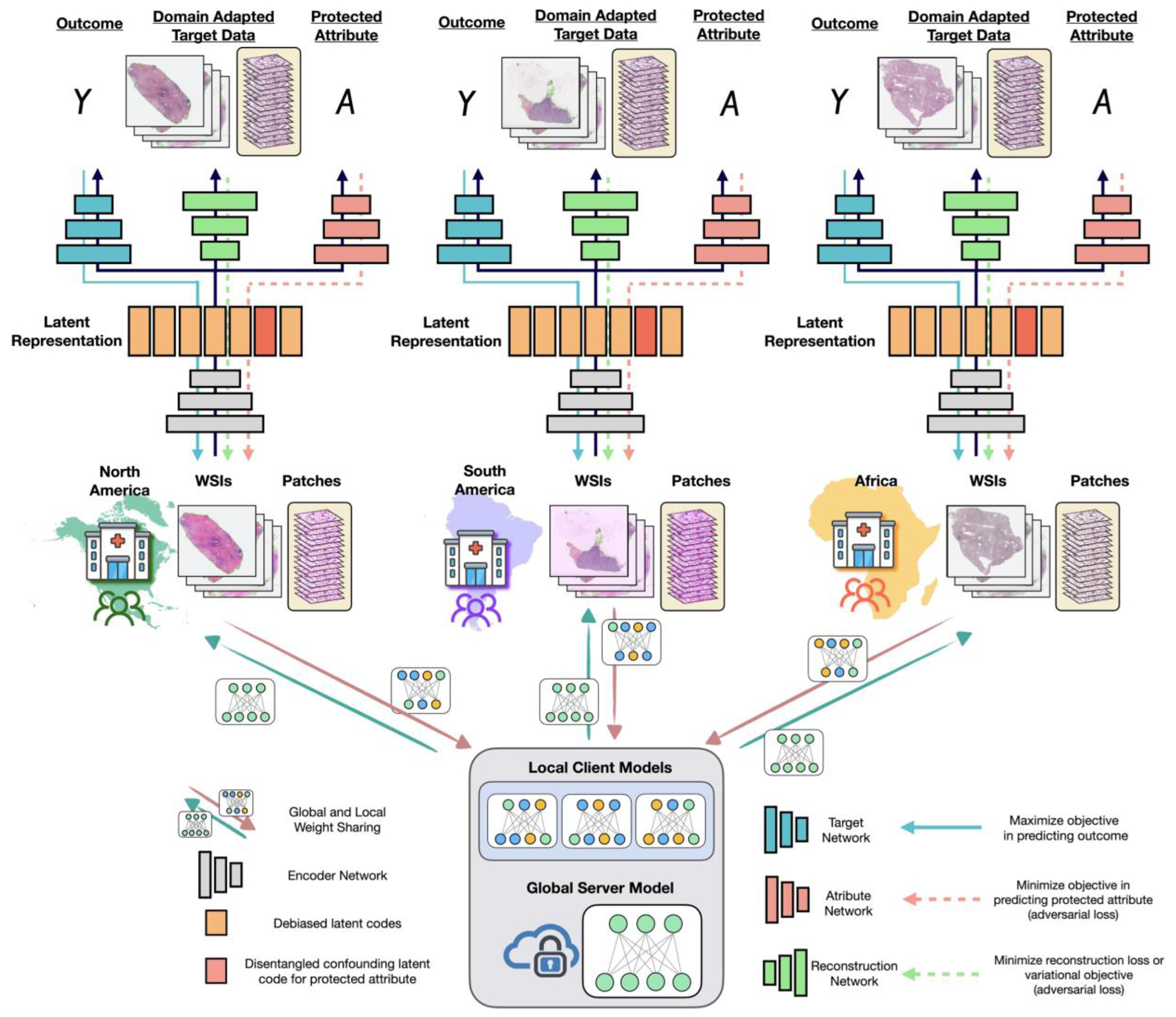Fig. 5 |. A decentralized framework that integrates federated learning with adversarial learning and disentanglement.

In addition to aiding the development of algorithms using larger and more diverse patient populations, federated learning can be integrated with many techniques in representation learning and in unsupervised domain adaptation that can learn in the presence of unobserved protected attributes. In federated learning, global and local weights are shared between the global server and the local clients (such as different hospitals in different countries), each with different datasets of whole-slide images (WSIs) and image patches. Different domain-adaptation methods can be used with federated learning. In federated adversarial and debiasing (FADE), the client IDs were used as protected attributes, and adversarial learning was used to debias the representation so that it did not vary with geographic region273 (red). In FedDis, shape and appearance features in brain MRI scans were disentangled, with only the shape parameter shared between clients298 (orange). In federated adversarial domain adaptation (FADA), disentanglement and adversarial learning were used to further mitigate domain shifts across clients236 (red and orange). Federated learning can also be used in combination with style transfer, synthetic data generation, and image normalization. In these cases, domain-adapted target data or features would need to be shared, or other techniques employed (green)236,239,299,300,301,302,331,390. Y and A denote, respectively, the model’s outcome and a protected attribute.
